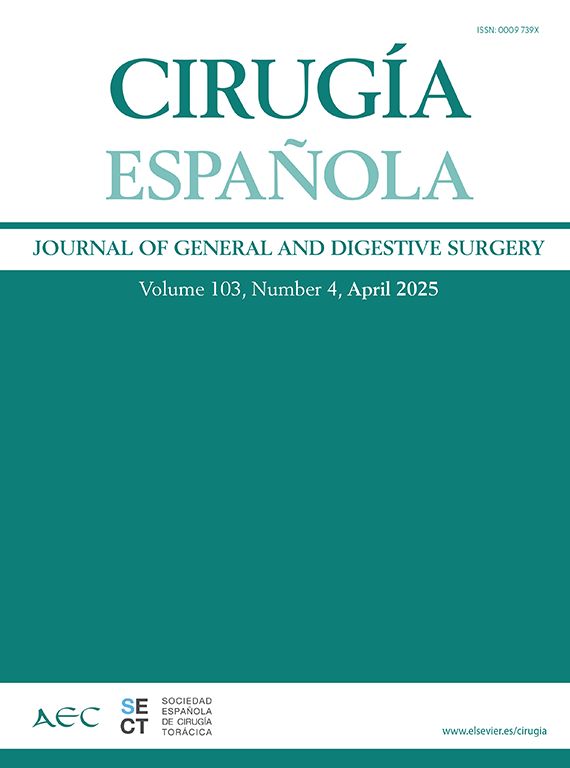Recently, we read with great interest the work by Alvarez et al., “Laparoscopic and robotic distal pancreatectomy: the choice and the future”. We congratulate the authors for conducting a prospective study at tertiary hospitals, which analysed the results of distal pancreatectomies with laparoscopic and robotic approaches and presented the outcomes and complications of these procedures, helping us understand the safety and efficacy of each. Information pertaining to the conversion of surgery, from robotic to laparoscopic or from laparoscopy to laparotomy, has also been elucidated. The similarity of the patients involved in the study in both groups in terms of their age, sex, BMI and ASA physical status classification reduces bias, at the same time enhancing the reliability and generalisability of the study.1
Though postoperative pancreatic fistula was assessed as a complication in this study, new-onset diabetes (which has incidence rates varying up to 50 percent after distal pancreatectomy) can be assessed by comparing long-term outcomes in future studies.2,3 Though the study’s primary focus was on clinical outcomes, a more comprehensive understanding of the patients’ total well-being would have been possible by assessing subjective patient-oriented outcomes, such as postoperative pain level, which gives us insight to how the patient feels after DP. Any surgical intervention’s overall success depends on a number of important factors, including functional recovery, dietary modifications, and long-term effects on the patient’s daily activities and lifestyle choices. A more patient-centred view of efficacy can be provided by using patient-reported outcome measures, such as satisfaction levels and functional recovery. Lack of data pertaining to other short-term outcomes, including ileus, respiratory failure, pulmonary embolism, acute coronary syndrome, stroke, acute renal failure, urinary tract infection and sepsis, is yet another shortcoming.4
RDP, in comparison to traditional DP techniques for treating disorders of the pancreas body and tail, appears to have clinical and oncological advantages. However, it may involve a lengthier operation and learning curve according to a meta-analysis, in contrast to the shorter learning curve mentioned by Alvarez et al.5 It is noteworthy that the study’s stated non-significant difference in the length of the two operations is, in fact, significant in the multicenter analysis conducted by Lof et al. with a much larger sample size that found a similar difference in procedure durations.6
In conclusion, encouraging further research in the field of minimally invasive procedures, exploring novel surgical procedures, and providing long-term follow-up while addressing the limitations mentioned in the study can pave the way for improved outcomes, enhancing patient care.
Statement and declarationThe authors have no relevant financial or non-financial interests to disclose.






